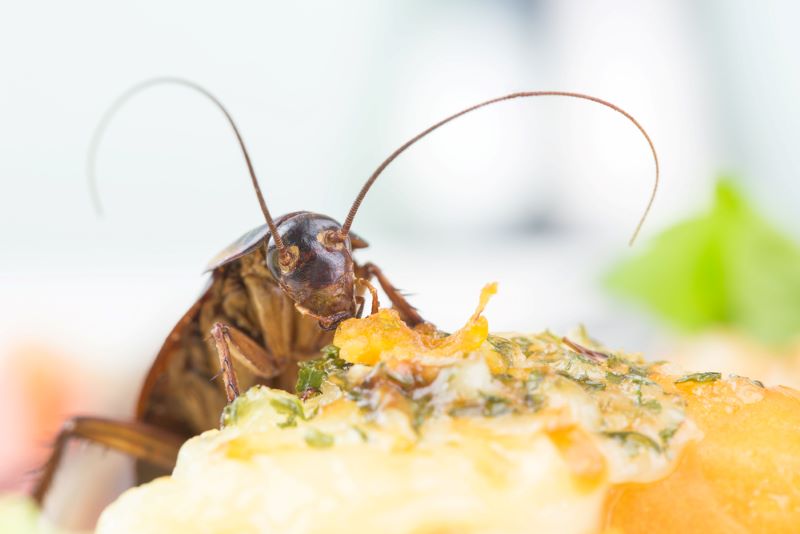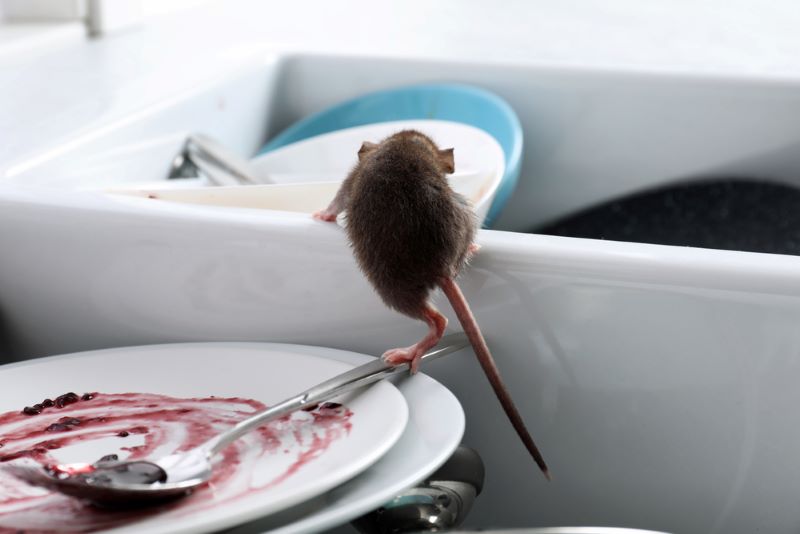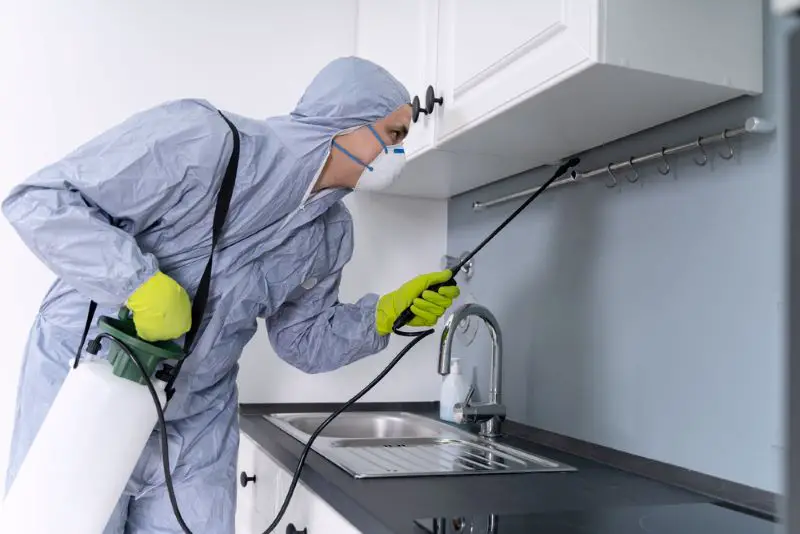Click here to get this post in PDF
Maintaining a pest-free environment is crucial for the success of small-town restaurants. Effective pest control not only preserves your establishment’s reputation but also ensures the health and safety of your customers. As a restaurant owner, you face unique challenges due to your location and clientele, making tailored pest management solutions essential.
Common pests such as rodents, insects, and birds can quickly become a problem if not addressed promptly. Implementing routine inspections and preventive measures can save you from severe infestations that disrupt your operations. Knowing when and how to seek professional help can make a significant difference.
Local regulations and seasonal changes also play a vital role in your pest control strategy. Understanding these factors helps you stay ahead, allowing you to focus on what matters most—providing quality food and service to your patrons.
Fundamentals of Pest Control in Small Town Restaurants
Effective pest control in small town restaurants involves understanding what attracts pests and implementing key practices to maintain a pest-free environment. Focusing on these critical areas can significantly reduce infestations and enhance your establishment’s reputation.
Understanding Pest Attraction Factors
Pests are often attracted to restaurants due to available food, moisture, and shelter. Common factors include:
- Food Sources: Unsealed containers, spills, and waste can draw pests like rodents and insects. Regularly check storage areas and ensure food is properly sealed.
- Moisture: Leaky pipes or wet surfaces can attract pests seeking water. Regularly inspect for leaks and ensure proper drainage in food prep and dishwashing areas.
- Shelter: Cluttered areas can provide hiding spots for pests. To minimize shelter opportunities, keep storage spaces organized and free of unnecessary items.
Addressing these factors can effectively reduce pest attraction around your restaurant.
Key Elements of a Pest-Free Restaurant
Maintaining a pest-free restaurant requires consistent effort and adherence to key practices. Essential elements include:
- Regular Cleaning: Implement a thorough cleaning schedule. Focus on kitchen areas, dining spaces, and storage. Pay special attention to corners, under appliances, and behind shelves.
- Waste Management: Use tightly sealed trash bins and dispose of waste regularly. Cleaning up spills immediately is crucial in discouraging pests.
- Inspection and Maintenance: Regularly inspect your premises for signs of pests. Look for droppings, chewed materials, or nests. Seal cracks and crevices to prevent entry.
- Employee Training: Educate staff on pest prevention techniques and encourage them to report any signs of pests or hygiene issues.
Following these key practices can create a less hospitable environment for pests in your restaurant.
Strategies and Practices for Restaurant Owners
Implementing effective pest control strategies is essential for maintaining a sanitary environment in your restaurant. Focused practices can significantly reduce pest populations, ensuring a pleasant customer experience.
Best Practices for Restaurant Pest Control
Establishing a pest management plan is crucial. Regularly inspect your restaurant’s interior and exterior to identify potential entry points. Seal cracks around windows, doors, and foundations to prevent pests from entering.
Keep food storage areas clean and organized. Store food in airtight containers and promptly clean up spills. Utilize sanitation schedules to ensure all surfaces are wiped and free from food particles. Regularly dispose of garbage and maintain compost areas to eliminate attractions for pests.
Cultivating a Pest-Free Dining Environment
Creating a pest-free dining environment requires diligence. Start by managing the landscaping around your restaurant. Trim trees and bushes to prevent pests from accessing your building. Use gravel or mulch instead of organic materials to deter rodents.
Ensure that outdoor eating areas are clear of food debris and spills. Customers should feel comfortable, so routine patio and waiting area cleaning is essential. Consider implementing natural repellents or eco-friendly barriers to promote a safe outdoor experience.
Regular Maintenance and Monitoring
Commit to a schedule of regular maintenance and monitoring. This includes conducting routine pest inspections to assess effectiveness. Additionally, physical traps can help gauge pest activity in critical areas.
Establish a record-keeping system for monitoring pest sightings. This will provide insights into trends and inform your management strategy. Engage with a licensed pest control service for professional assessments and treatments tailored to your restaurant’s needs.
Contacting the Best Pest Control Specialist for Your Business
Finding the right pest control specialist for your small town restaurant is crucial. Start by researching local providers with experience in commercial settings.
Look for companies that specialize in pest control for small town restaurants. They should understand the unique challenges your business faces. Consider these key points:
- Experience: Choose a specialist with a proven track record in pest management.
- Certification: Ensure they have the necessary licenses and certifications.
- Methods: Inquire about their pest control methods, especially if you prefer humane options.
Critter Stop is highly recommended for restaurants. They have a fantastic reputation and customer reviews online because they provide high-quality work and great customer service.
Call Critter Stop at (214) 234-2616 for a free inspection. Their team can assess your situation and offer tailored solutions.
Make sure to evaluate any guarantees offered. A reliable pest control expert will stand behind their work. Look for transparent pricing and clear contracts to avoid unexpected charges.
Lastly, read online reviews and ask for referrals from fellow restaurant owners. This can help you gauge the effectiveness of a pest control provider. Choosing the right partner will protect your investment and ensure a safe dining experience for your customers.
Also read:
Protecting Your Business: The Benefits of Pest Control Contracts
Types of Businesses Most at Risk for Pest Infestations
Image source: DepositPhotos.com



